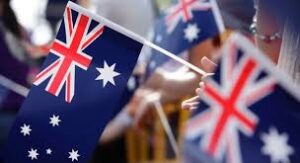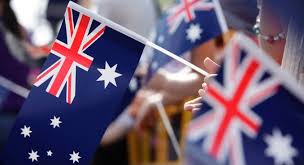Australia has announced a cap of 270,000 new international student enrolments for 2025 as part of efforts to manage rising migration levels and address concerns over rental housing shortages. This decision comes amid growing public anxiety about the impact of high immigration on the housing market, with median weekly rents across the country reaching $627. In major cities like Sydney, rents can soar to $770, while Hobart sees averages around $547.

The cap is part of a broader strategy initiated last year to phase out COVID-era concessions that allowed international students and workers to fill local job vacancies during strict border controls. As a result, the government is tightening visa regulations and increasing scrutiny of applications to ensure that the influx of international students does not exacerbate existing housing issues.
Education Minister Jason Clare highlighted that international student numbers at universities have risen by about 10% compared to pre-pandemic levels, while private vocational and training institutions have seen a staggering 50% increase. The new enrolment cap will limit university enrolments to 145,000, maintaining levels from 2023, and practical and skills-based courses to 95,000.
Clare explained that universities would soon receive specific details about their individual enrolment limits. However, this policy has raised concerns among educational institutions. Professor David Lloyd, Chair of Universities Australia, acknowledged the government’s right to control migration but cautioned that such measures should not undermine the education sector, which is a significant contributor to the economy.
International education is Australia’s fourth-largest export, valued at A$36.4 billion (approximately $24.7 billion) in the 2022-2023 financial year. Despite its economic importance, the rising number of international students has led to public concern about their effects on the housing market, which could become a key issue in upcoming elections.
To study in Australia, international students must demonstrate access to A$29,710 to cover living expenses for one year. If they plan to bring a partner or children, they need to show additional funds: A$10,394 for a partner and A$4,449 per child.
The government’s decision to cap enrolments comes as net immigration reached a record high of 548,800 for the year ending September 30, 2023, a 60% increase from the previous year. This surge has been largely driven by students from countries like India, China, and the Philippines, contributing to a growing labor supply but also straining housing availability.
In response to these challenges, the Australian government has also increased visa application fees and implemented stricter regulations to ensure the quality of international students. The new visa fee has risen to AUD 1,600, up from around AUD 630.
As Australia moves forward with these changes, the balance between welcoming international students and addressing local concerns about housing and migration will be crucial. The government aims to ensure that the education sector continues to thrive while also maintaining the well-being of its citizens.




